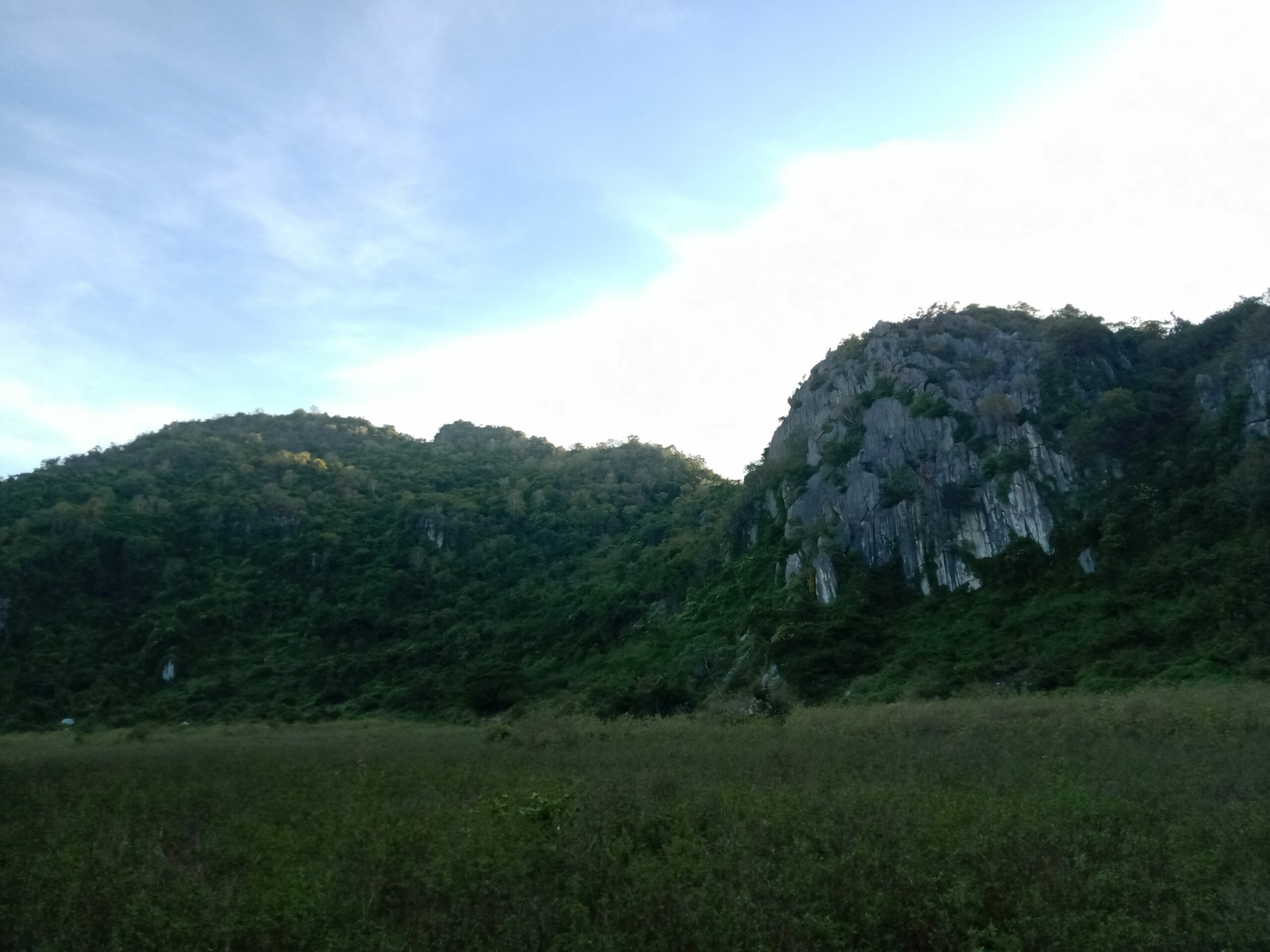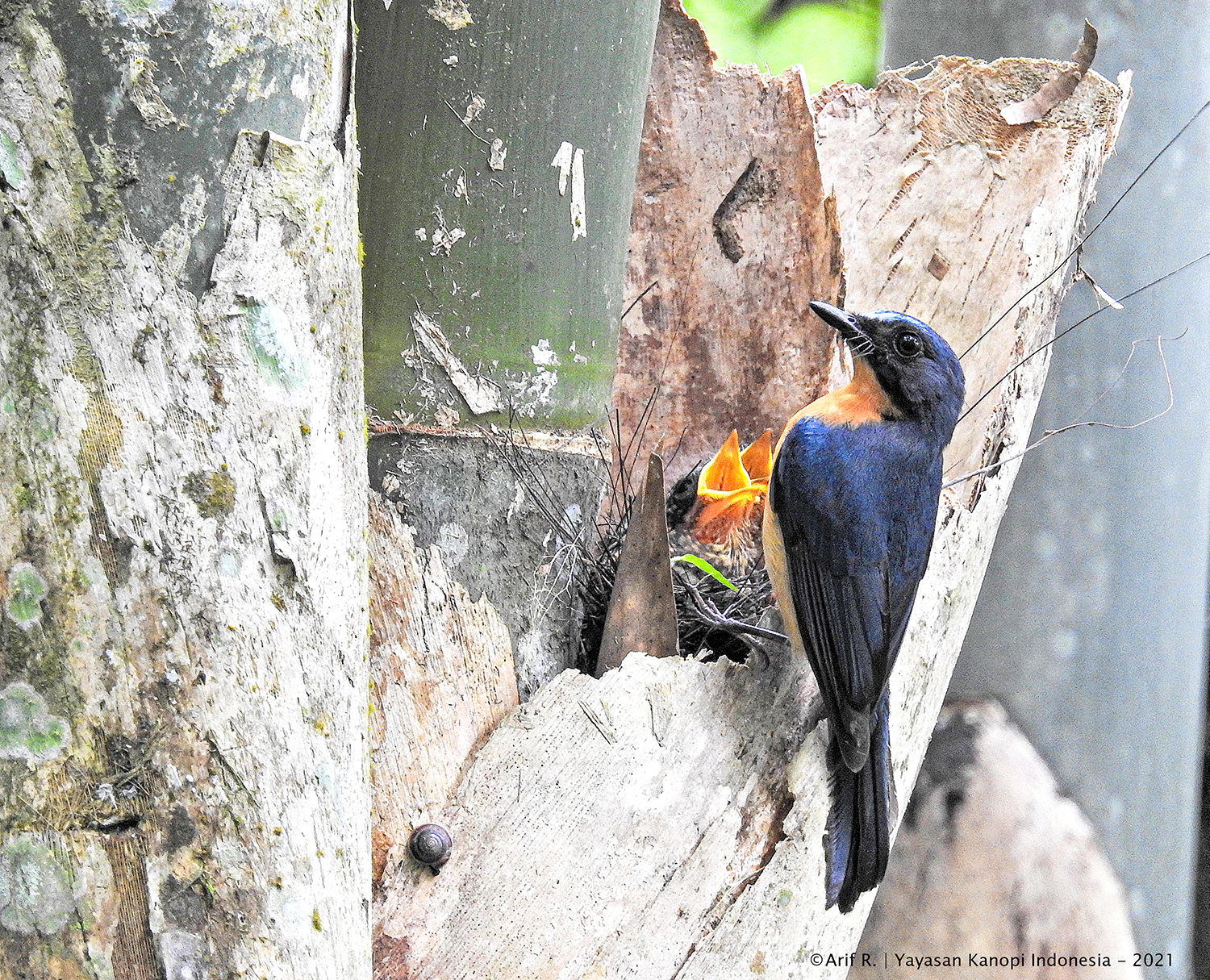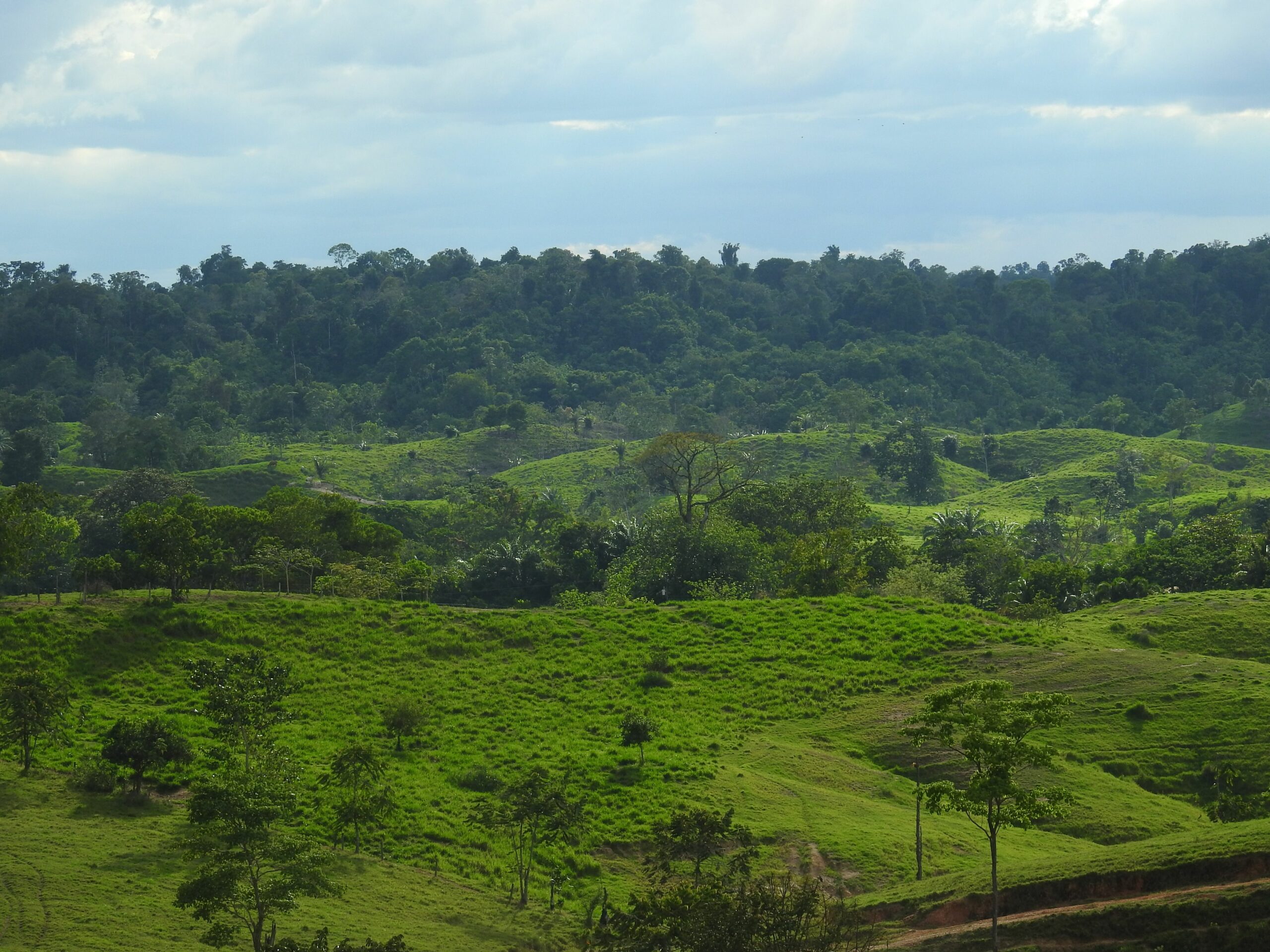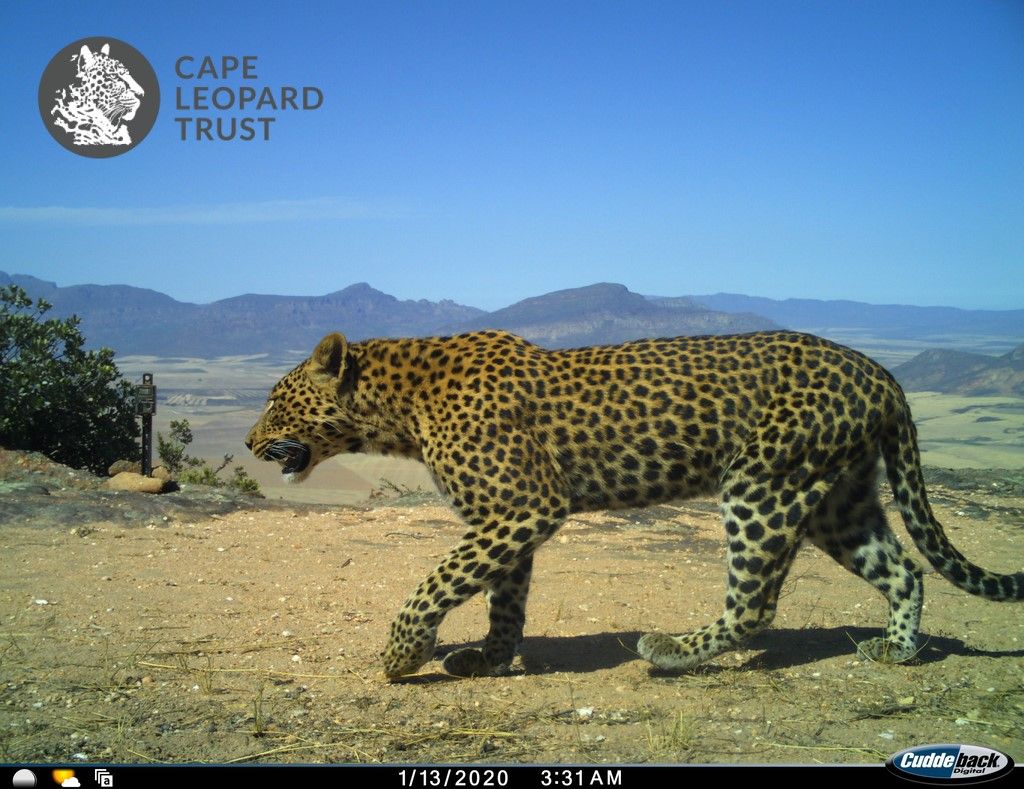Donate
Community managed nature protection
We view direct community-led action vital for sustainable change.
Involving communities in conserving biodiversity is essential if we want to succeed in safeguarding our environment. Only when communities see the benefit of stable species populations and ecosystems, we may achieve a world where humans live in harmony with nature, without threatening species, ecosystems, or local livelihoods.
Protection and safeguarding of threatened species or ecosystems can never be done without involving local communities that live with or within them. Only by involving these communities we may achieve the persistence of healthy species and ecosystems beyond the duration of conservation projects. Co-existence of people and wildlife results often in conflicts. Projects that aim to integrate conservation with livelihoods that demonstrable show benefits to people as well as biodiversity have a better chance of success than where one of the two is ignored. Telling stories about species is part of many local cultural practices and brings people closer to nature. Such cultural connections can draw people into decision making about their environment. It may change the perception of people towards these species. This may stimulate living with wildlife or in forests as a viable option for people. It may steer people away from more destructive ways of living in respect to their natural environment, but at the same time safeguarding the livelihoods of the local human communities.
Having communities directly lead the protection of threatened species or key ecosystems may forge solutions that are non-Western based and work better in local environments. Working with local communities and traditional knowledge or cultural beliefs helps anchor conservation in society and help achieve longer-lasting impact. There are many examples worldwide that show that co-existence without harming one or the other is possible.
The Van Tienhoven Foundation welcomes applications that are pragmatic in its approach and are directly led by local communities. Actions involve the protection of species and key ecosystems in the direct surroundings of these local communities. This may stimulate changes in policy and practice that are more sustainable.

















